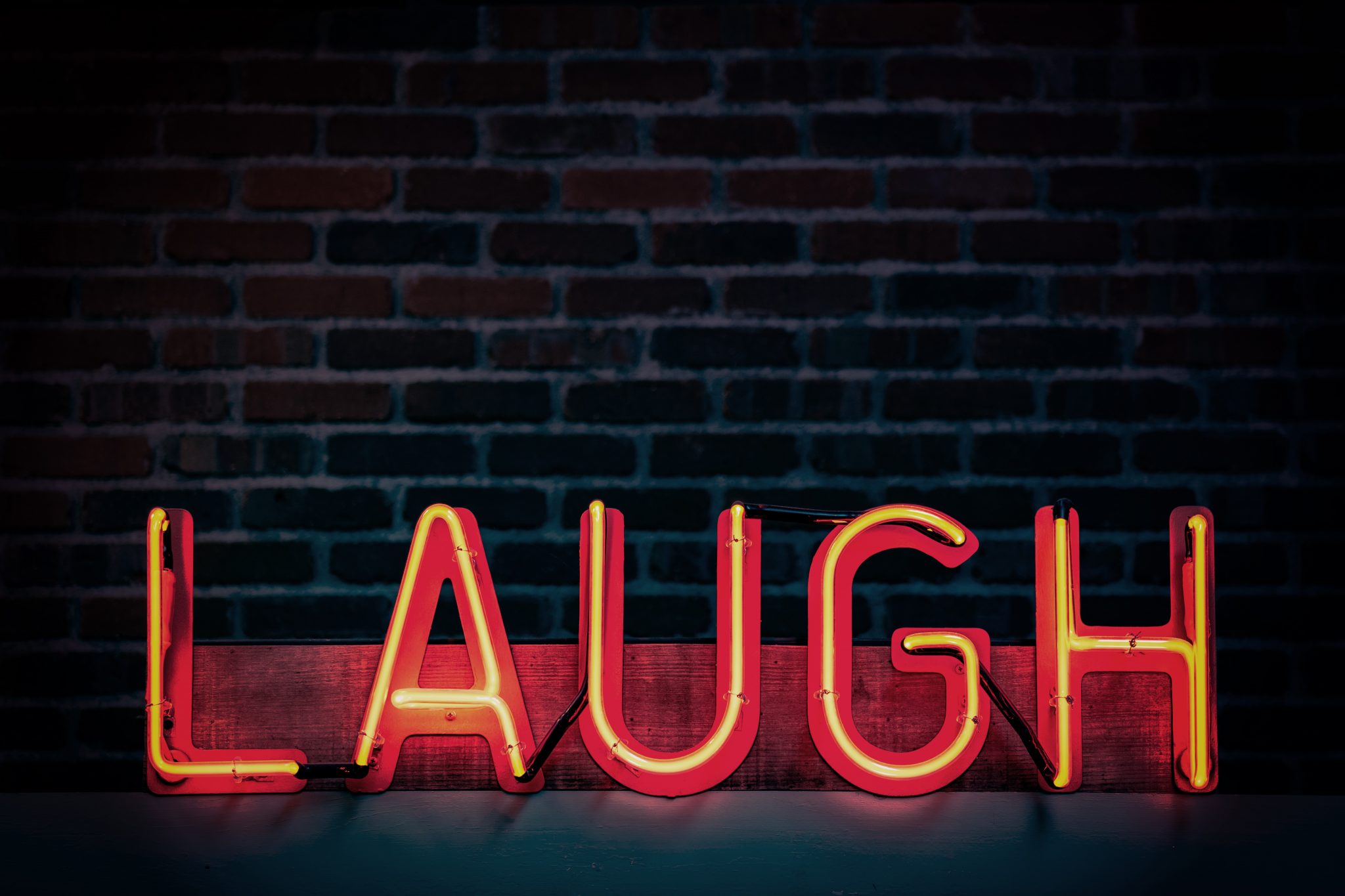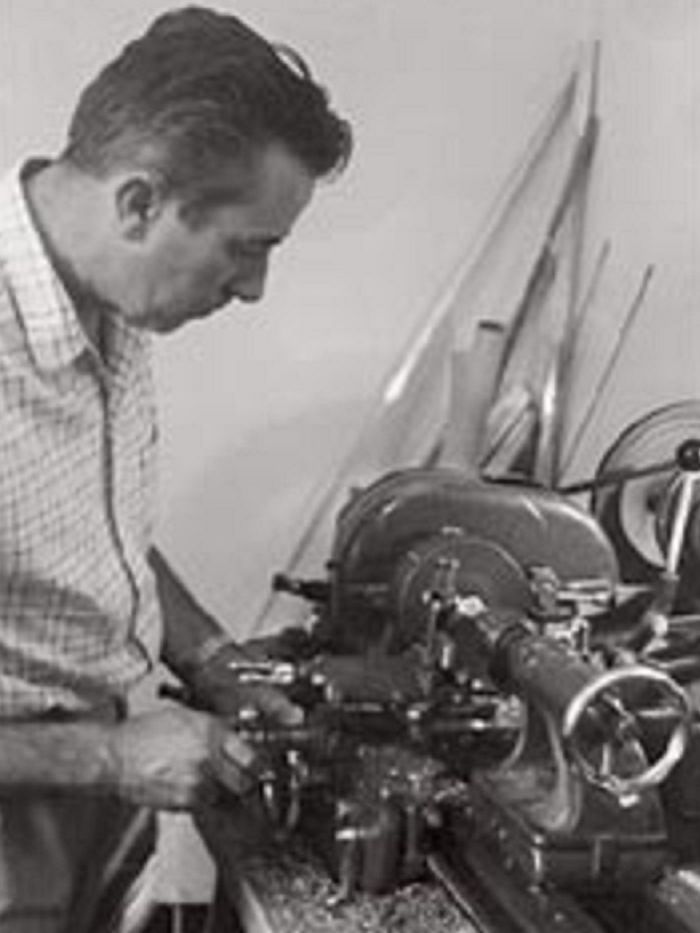
How often have you watched a TV comedy show that you don’t think is in the least bit funny, yet the studio “audience” is in stitches.
No, you are not boring and an out-of-touch stick-in-the-mud for not tittering along with the comedians (many love to laugh at their own jokes) and their “audience” at what can be risqué, over-the-top sexist patter.
What you are probably doing is being bluffed by the use of canned laughter which was born in the US around 70 years ago to initially supplement live audience sounds and ended up replacing audiences all-together.
Which brings us to canned laughter originally produced from what the inventor called a Laff Box and the coronavirus pandemic.
One of the first casualties of the virus clamp down around the world was the use of live TV audiences, not that there were that many of them left.
Much cheaper and simpler to just have canned laughter. Yet not everyone made the switch.
Some, like Australian Shaun Micaleff’s popular MAD AS HELL on ABC TV, Wednesday nights, kept recording in an empty studio and such was their belief in their comedic prowess, resisted any temptation to go to the can, so to speak.
Micaleff himself made the brave announcement on air and since then, he and his team of writers, producers and actors have relied on their talent to get them through. So far so good. They should be applauded
Not so some other supposedly funny Australian TV shows, including one that masquerades as a provider of the day’s news with its announcers all trying to outdo one another for laughs. Theirs and those coming from the can.
The same goes for many stand-up comedians with many relying on the computer to provide or enhance the laughter.
The legendary British actor David Niven once called the existence of canned laughter, or the ‘laugh track’, ‘the greatest affront to public intelligence I know’.
He was producing the US TV anthology series ‘Four Star Playhouse’ at the time, and scorned the ‘wild indiscriminate mirth’.
“I shall blackball the notion if it ever comes up,” he said. “Not that it will. We shall carry on without mechanical tricks.”
But while Niven might have despised it, it’s been an admittedly rather odd part of TV comedy for generations, and is still used today. But why?
The Laff Box was invented around 1950, by US sound engineer Charles ‘Charley’ Douglass
TV sitcoms were taking off in America, and hugely popular shows like I Love Lucy continued radio’s live audience format. But for TV producers, it was risky business.
Audience members sometimes laughed for too long, or not long enough. Someone would make a noise mid-scene; restless folk would leave the filming hours before it was done.
Douglass invented something that revolutionised the industry, and made him a star.
His creation? Guffaws, chuckles and belly-laughs — on demand.
It’s proven divisive in the 70 years since, creating tension behind the scenes of shows from Mash to Seinfeld, and eliciting public derision and critical disapproval.
But it’s proven to be cunning, too.
The laugh track has influenced how we watch comedies in ways we’ve probably never considered.
The Big Bang Theory is one of few recent shows to still use the laugh track.
To make the Laff Box, Douglass recorded real people’s laughter and looped the sounds, feeding them into a special machine.
At the press of a button, it delivered many different kinds of laughs.
Jeremy Butler, professor of television studies at the University of Alabama, says Douglass “jealously guarded” his creation.
While Douglass wasn’t the first to come up with the laugh track idea — the Hank McCune Show had first trialled it several years earlier — he was the father of it.
“He was the master of it. He was the one who totally dominated the late 50s and 1960s laugh tracks,” Professor Butler says.
When an episode of, say, the Beverly Hillbillies or Bewitched, was finished and cut together, the TV studio would call him in.
“Douglass would roll in his Laff Box — it’s big, the size of a small refrigerator, like a hotel mini-bar, even bigger than that — and he would add the laughs to the show,” Professor Butler says.
Douglass made sure his machine remained a mystery to everyone else.

“If something went wrong, because it was a weirdly complicated thing that he slapped together, he wouldn’t even let people see what was inside the box,” Professor Butler says.
“If he had to work on it, he would roll it into the men’s room, make his adjustments where people couldn’t see it, and then he would roll it back out. He was very secretive about it.”
TV networks weren’t put off.
“[Douglass] basically did all of the laughs that you hear in 1960s and early 1970s American TV. All of them,” Professor Butler says.
Jennifer Keishin Armstrong, who has written books about TV shows Seinfeld, Sex and the City and The Mary Tyler Moore Show, says it simply became more convenient for studios to employ Douglass, rather than rely on the live audience.
They were attracted to the efficiency and uniformity of the laugh track.
“It was a security blanket to have,” Armstrong says.
SheSociety is a site for the women of Australia to share our stories, our experiences, shared learnings and opportunities to connect.

Leave a Reply